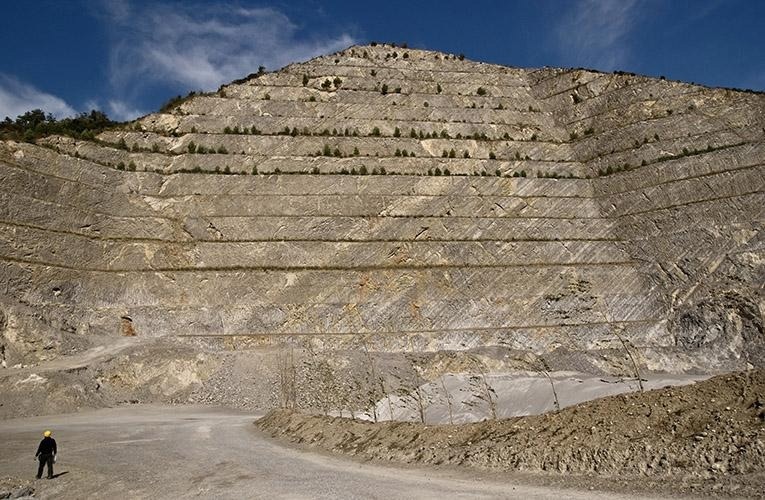In a recent study published in the journal Proceedings of the National Academy of Sciences, researchers warned about the potential effects of oxygen depletion and climate change in oceans by using a clue found in Italian limestone that explains a huge extinction of marine life millions of years ago.

Image Credit: Mariano Remírez
This event, and events like it, are the best analogs we have in Earth's past for what is to come in the next decades and centuries.
Michael A. Kipp, Assistant Professor, Earth and Climate Science, Duke University
Kipp is a Co-author of the study that quantifies the amount of oxygen lost from oceans 183 million years ago, which caused the extinction of marine animals.
Volcanic activity in modern-day South Africa during the Jurassic Period released an estimated 20,500 gigatons of carbon dioxide (CO2) over 500,000 years, causing the seas to lose oxygen. This heating caused marine reptiles such as ichthyosaurs and plesiosaurs to flourish.
Marine species were suffocated and went extinct as a result.
It is an analog, but not a perfect one, to predict what will happen to future oxygen loss in oceans from human-made carbon emissions, and the impact that loss will have on marine ecosystems and biodiversity.
Mariano Remírez, Study Co-Author and Assistant Research Professor, George Mason University
By examining limestone material that contains compounds from the volcanic eruption, scientists were able to calculate how much the oxygen content of those ancient oceans changed. Up to 8% of the ancient global seafloor, an area about three times the size of the United States, once had all of its oxygen entirely depleted.
Human activity released around 12% of the CO2 emissions emitted during the Jurassic volcanism since the start of the Industrial Revolution in the 18th and 19th centuries.
However, Kipp noted that the current pace of atmospheric CO2 release is unparalleled in history, making it difficult to forecast the potential timing or severity of the next major extinction.
We just do not have anything this severe. We go to the most rapid CO2-emitting events we can in history, and they are still not rapid enough to be a perfect comparison to what we are going through today. We are perturbing the system faster than ever before.
Michael A. Kipp, Assistant Professor, Earth and Climate Science, Duke University
“We have at least quantified the marine oxygen loss during this event, which will help constrain our predictions of what will happen in the future,” said Kipp.
Journal Reference:
Remírez, M. N., et al. (2024) Carbonate uranium isotopes record global expansion of marine anoxia during the Toarcian Oceanic Anoxic Event. Proceedings of the National Academy of Sciences. doi.org/10.1073/pnas.2406032121